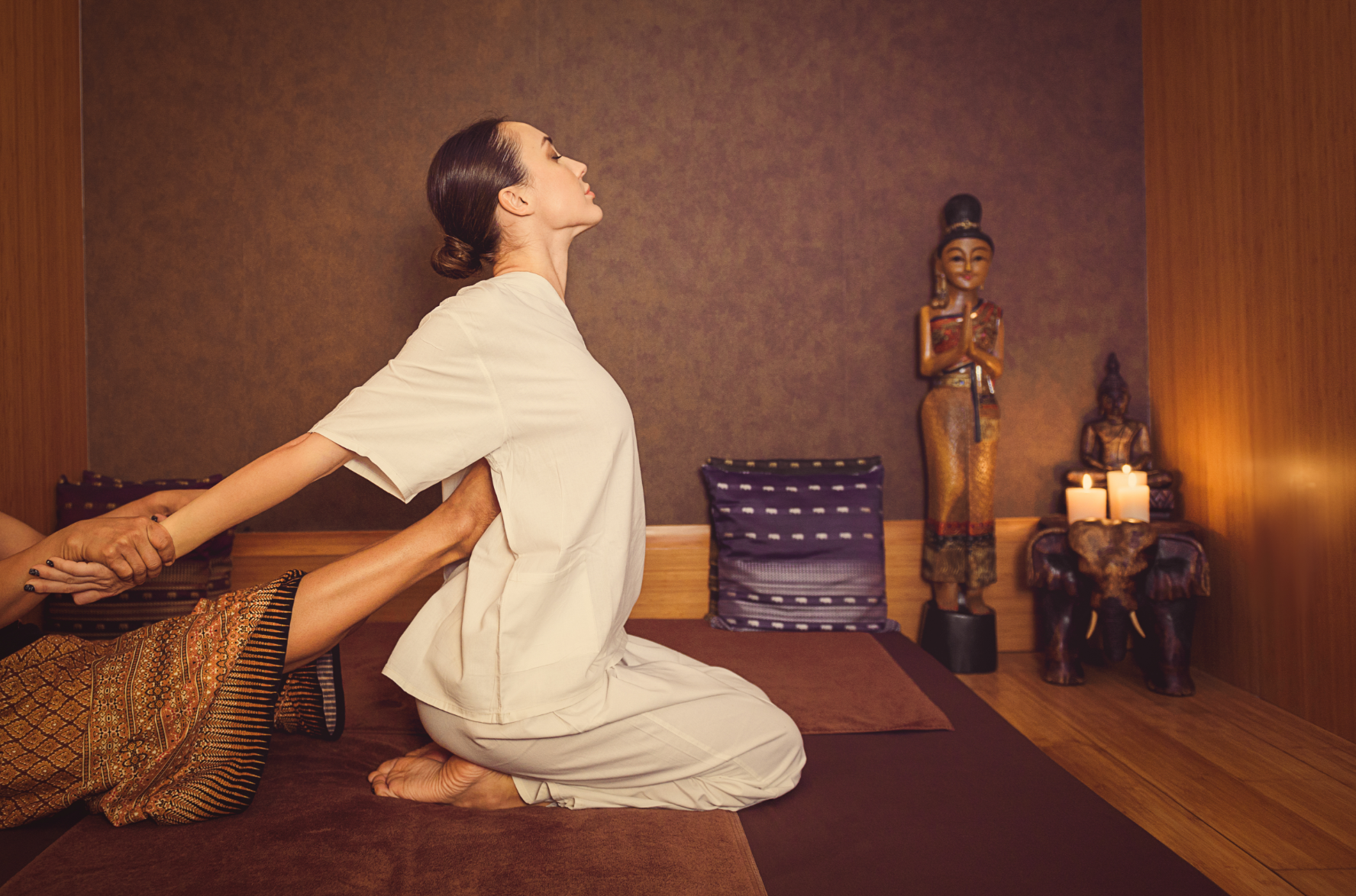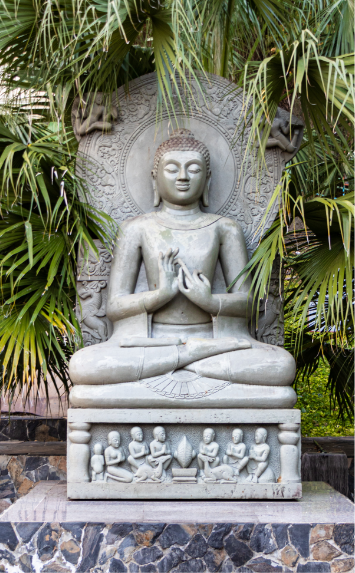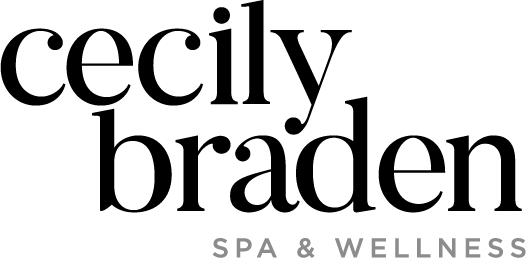Thai Massage Intensive 60/90

A comprehensive protocol-based training program that provides Massage Therapists with an introduction to Thai massage and instruction for 10 easy to learn sequences that will allow them to effectively and safely offer a 60 & 90-minute Thai Massage routine to their clients.
It is like a thousand gentle waves washing over the body.
Chongkol Settakorn.
Thai massage, also called Thai Yoga massage, is an ancient and sacred system of healing with roots in yoga, Ayurvedic medicine and Buddhist spiritual practice. It is a unique and powerful system of bodywork, which combines rhythmic massage, acupressure, gentle stretching, energy work, and meditation. The goal of Thai massage is to stimulate and balance the flow of healing energy within the body, opening blocked areas and bringing the client deeper into balance and harmony. It creates a powerful release of stress and tension, improves flexibility and circulation, increases vitality and deepens the connection between mind and body in both giver and receiver.
Thai massage is unique from Western forms of massage in that it is practiced on a padded mat with the client wearing loose, comfortable clothing. The client is moved through a series of postures and positions by the practitioner using palms, thumbs, elbows, forearms and feet. It is often described as “having yoga done to you.” Recipients of Thai massage usually report a heightened sense of well being following a session, which often manifests as a sensation of feeling simultaneously energized and relaxed, invigorated and deeply peaceful.
Physical & Mental Benefits:
· Detoxify, cleanse
· Improve digestion and relieve constipation
· Increase circulation, lower blood pressure
· Improve flexibility and range of motion
· Release stagnant energy
· Improve breathing
· Boost immune system
· Calm, relax and balance (mind/body/heart)
· Reduce stress and anxiety
· Increase mind/body awareness
· Slow aging process, increase energy
· Improve sleep, reduce restlessness
· Improve posture & balance, bring body into alignment

Mindfulness of Thai Massage
Thai massage can be a meditative practice for both the client and practitioner, as it is believed that the cultivation of the meditative state of mind encourages the development of the heightened intuition and deep listening skills that are necessary to perceive the flow of energy in the body.
Thai massage is understood to be the practical application of “metta,” or loving kindness, which is one of the four divine states of mind in Buddhism. In some ways, the entire Thai Massage treatment can be seen as a means to open up the client’s energy pathways in order for them to receive the deep gifts of healing and metta. The practitioners’ attitude and approach — working from a place of open heart and compassion — is as essential in a Thai Massage as good technique.
Foundation & History of Thai Massage
The foundation of Thai massage is the rhythmic compression on energy lines called “Sên lines” and pressure points (“Sên points”) that are found throughout the whole body. There are 72,000 Sên lines in the body with practitioners focusing on the 10 major ones. The belief is that wherever energy is blocked along these lines, there is a greater likelihood of dysfunction, pain and disease. Practitioners of Thai massage believe that applying pressing to points along these lines helps increase the flow of energy in blocked areas and redirect it to parts of the body that need healing.

In Thailand, traditional Thai massage (called Nuad Boran) dates back at least 2,500 years and has been handed down through the generations, mostly through oral folk tradition. When Buddhism spread from India through Asia and arrived in Thailand (formerly Siam) in the 3rd Century BC, Thai massage became written down and formally codified and was practiced in the temples and under the patronage of the royal courts under the reign of Rama V (1868-1910).
A physician named Shivago Komarpaj, who was a contemporary of Buddha, is credited with being the founder of Thai massage and Traditional Thai Medicine (TTM). For centuries, the Buddhist Monks have preserved his teachings and writings in the temples and monasteries of Thailand. During a war with the Burmese in 1776, much of the ancient texts were destroyed and whatever teachings survived were inscribed in stone and set into the walls of the Wat Po temple in Bangkok, where they remain to this day. The oral tradition of Thai massage continues and is handed down within families and through a lineage of teachers, ensuring the continued existence of the work, which might otherwise have died out with the destruction of the medical texts. In Thailand today, Thai massage is considered a part of the medical system and is used to treat a wide range of conditions as well as for general health maintenance.
